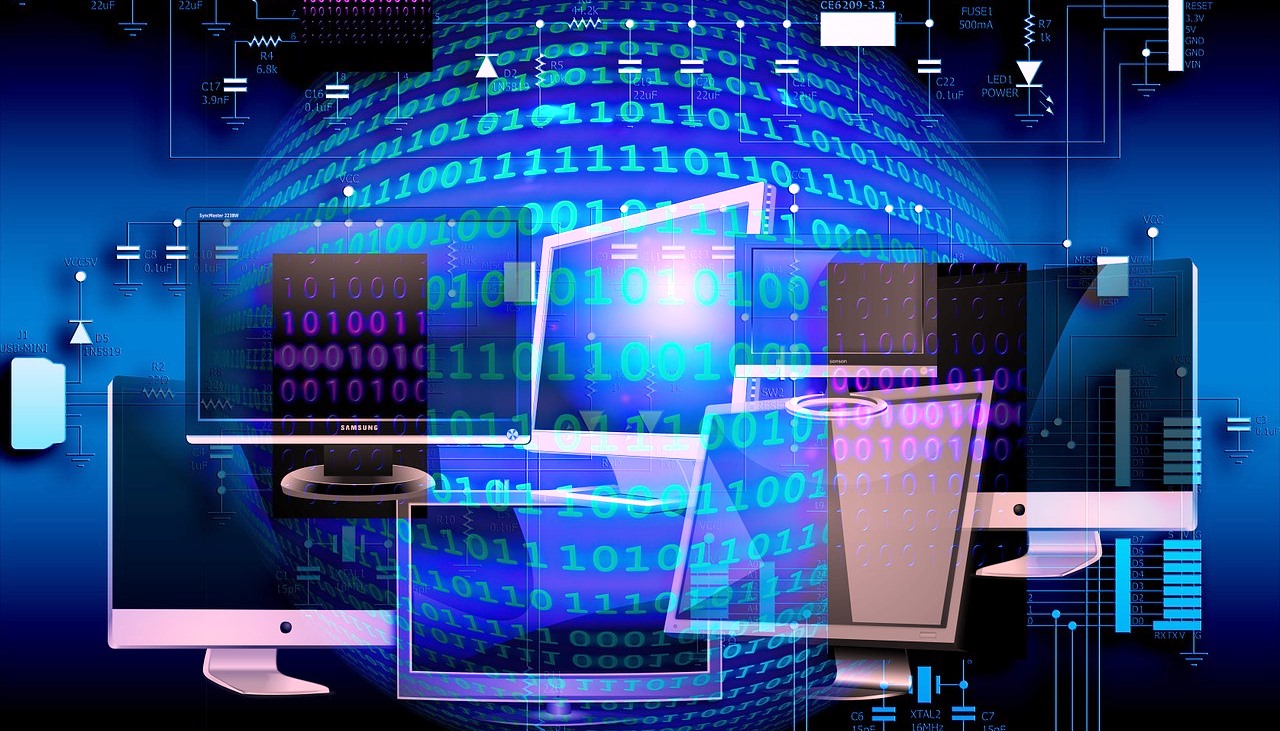Computer Basics Course
This course is designed for beginners who want to understand the fundamentals of computers. Learn about hardware, software, operating systems, MS Office (Word, Excel, PowerPoint), internet browsing, and basic computer operations.
- Introduction to Computers:Understand what a computer is, the different types of computers, and their components. Learn about the evolution of computers and the key advancements in technology.
- Computer Hardware:Learn about the essential hardware components of a computer system like CPU, RAM, motherboard, storage devices (HDD/SSD), input/output devices, and more.
- Software and Applications:Explore the difference between system software and application software. Learn how to install and use common software like word processors, spreadsheets, browsers, and media players.
- MS Word:Learn how to create, edit, and format documents in MS Word. Understand how to use styles, headings, page layout, tables, and insert images and shapes to enhance your documents.
- MS Excel:Master the basics of Excel including formulas, functions, data entry, formatting cells, and creating charts. Learn to analyze and organize data using pivot tables and conditional formatting.
- MS PowerPoint:Learn how to create impactful presentations in PowerPoint. Understand how to use slide layouts, insert media, animations, and transitions to engage your audience effectively.
- Operating Systems:Understand the role of operating systems like Windows, macOS, and Linux. Learn about file management, system settings, and navigating through the OS interface.
- Basic Computer Operations:Learn the fundamental skills for operating a computer effectively, including how to turn the system on/off, use keyboard shortcuts, manage files, and navigate the user interface of your computer.
- Internet and Web Browsing:Learn how to use web browsers, search engines, and navigate the internet safely. Understand how to use email, manage bookmarks, and perform online research.
- Basic Troubleshooting:Learn how to troubleshoot common computer problems like slow performance, software crashes, connectivity issues, and other technical glitches.
- Cybersecurity Fundamentals:Get an introduction to basic cybersecurity concepts, including malware, phishing, and data protection. Learn how to protect your computer from common security threats.
- Basic Digital Literacy:Develop essential digital literacy skills such as using email, handling digital files, cloud storage, and understanding the role of technology in personal and professional life.
- Practical Hands-On Sessions:Put your learning into practice with hands-on exercises like setting up an operating system, using essential software tools, and troubleshooting basic computer problems.
